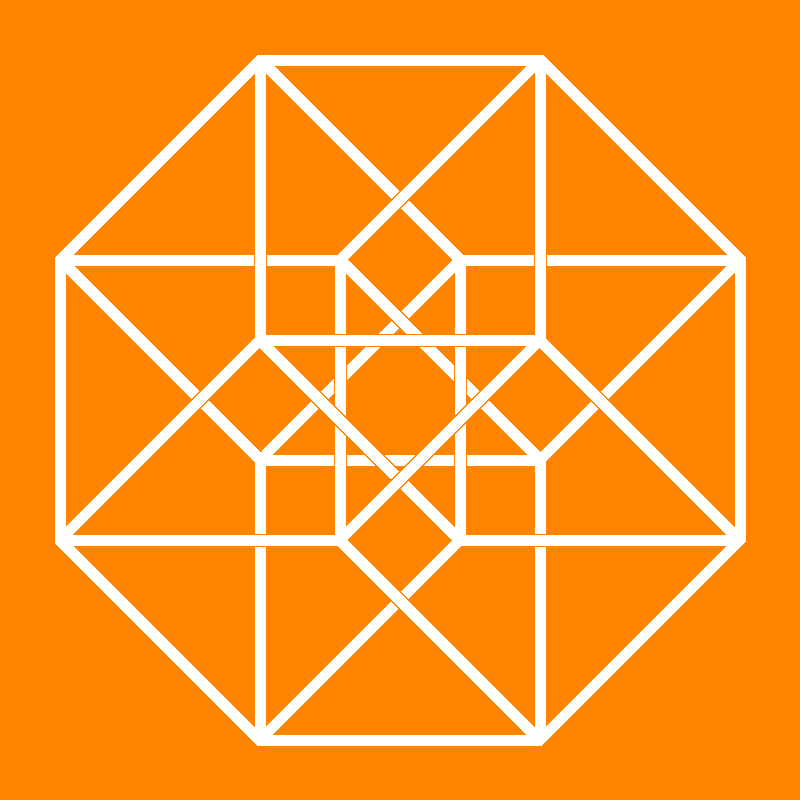
Journal for Geometry and Graphics 27 (2023), No. 1, 011--028
Copyright Heldermann Verlag 2023
Family of Conics Having Double Contact with two Intersecting Ellipses
Anastasia Taouktsoglou
Democritus University of Thrace, Xanthi, Greece
ataoukts@pme.duth.gr
George Lefkaditis
Patras University, Patras, Greece
glef@upatras.gr
We prove using projective geometry, analytic geometry and calculus the converse of the theorem, which is proved with synthetic projective geometry in J. L. S. Hatton’s book The Principles of Projective Geometry Applied to the Straight Line and Conic, Cambridge University Press (1913), p. 287, case (b). This theorem, as well as its converse, refer to properties that exist when a conic C3 contacts two other intersecting conics C1 and C2 and specifically concern the existing harmonic pencil between common chords of C1, C2 and the pair of their contact chords with C3. With the proof of the converse theorem, which is achieved here in the case of two concentric ellipses, the problem of constructing a conic C3 is also addressed. In addition we investigate the type of conic C3, which is tangent to C1, C2, and the condition that is required for C3 to be an ellipse, a hyperbola or a degenerate parabola, either inscribed or circumscribed to C1, C2. Finally, we refer to the existing involution between the common fixed chords and the changing contact chords.
Keywords: Harmonic pencil, concentric ellipses, conjugate points, double contact conic, involution.
MSC: 51N15; 51N20, 68U05.
[ Fulltext-pdf (2985 KB)]